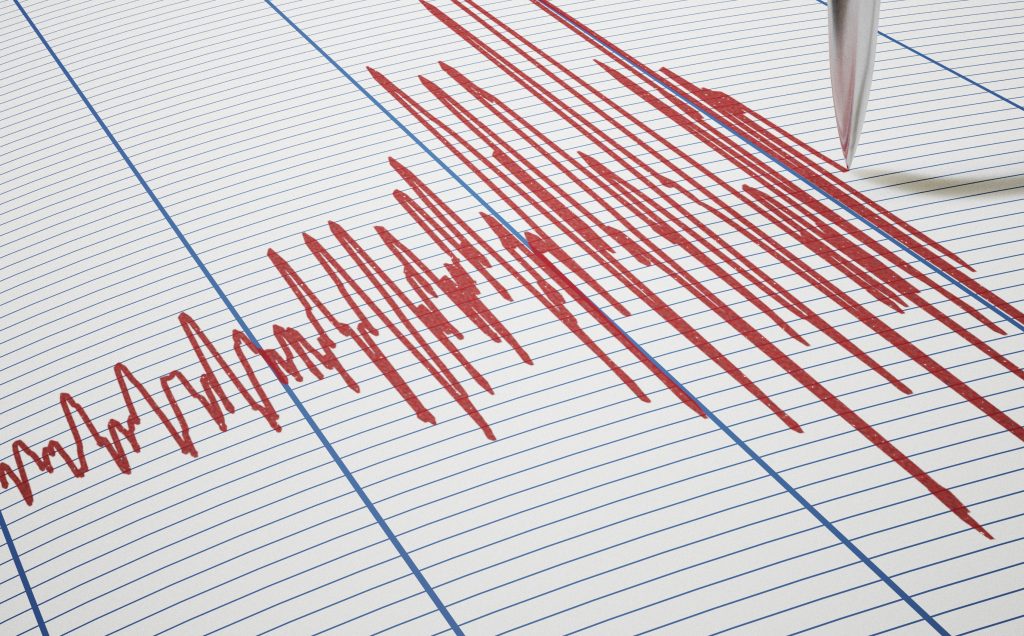More open spaces could help cities recover faster from earthquakes

Open spaces and street design could strengthen a community’s ability to recover from an earthquake, according to a group of scholars that includes Robert Brown, professor in the Department of Landscape Architecture & Urban Planning in Texas A&M University’s College of Architecture.
“The lack of large, open space in the urban environment can lead to an increase in injury and death following an earthquake,” the scholars said in a paper published recently in the International Journal of Disaster Risk Reduction.
The paper details Brown and his colleagues’ review of existing research investigating landscape architecture planning and design related to seismic resilience, and their guidelines for design professionals to better incorporate seismic resilience into their work.
In the past, the paper notes, residents displaced by damage have converged on public parks and open spaces.
“Immediate needs such as evacuation, medical assistance, communication, social gathering, shelter and distribution of food and water are often addressed in a city’s open space,” Brown said. For open spaces to better support post-disaster response and recovery, he said, landscape architects need additional design guidelines to support post-disaster response and recovery.
Although interest is building, said the authors, in using open space as an active component in supporting seismic resilience, there is little to no consolidation of research about how to design public open space to support response and recovery in the aftermath of an earthquake.
There is a growing urgency, said Brown, to create or fortify existing open space to support response and recovery efforts; by 2050, population in major cities at risk of earthquakes is expected to double as people continue to develop in areas that act as natural hazard buffers.

